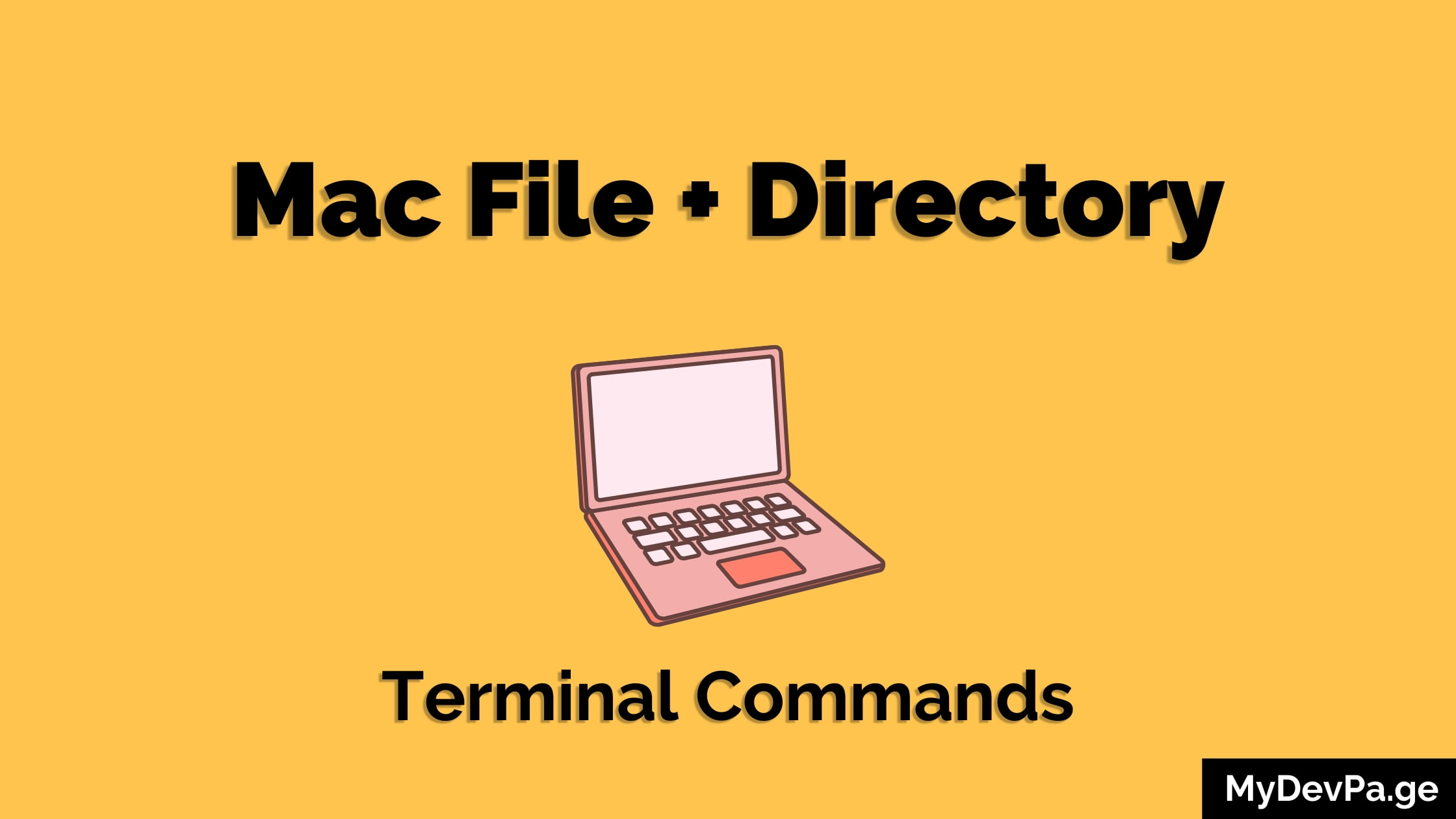Physical Address
304 North Cardinal St.
Dorchester Center, MA 02124
Physical Address
304 North Cardinal St.
Dorchester Center, MA 02124

Learning how to use the Macbook terminal to delete a file will make you a powerful developer especially when manipulating files and folders.
In this article we’ll learn various methods to delete files and folders on macOS using the command line.
The most common way to delete a file in Mac’s terminal is using the rm (remove) command:
rm filenameReplace filename with the name of the file you want to delete. If the file is write-protected or you don’t have sufficient permissions, you may need to use sudo:
sudo rm filenamemacOS provides a built-in command for securely deleting files, which is similar to the shred command in Linux:
rm -P filenameThe -P flag overwrites the file with zeroes three times before deleting it, making it much harder to recover.
To delete an empty directory, use the rmdir command:
rmdir directory_nameTo delete a directory and all its contents, use the rm command with the -r (recursive) option:
rm -r directory_nameBe very careful with this command, as it will delete the directory and everything inside it without asking for confirmation.
If you encounter a “Operation not permitted” error when trying to delete a file, it may be locked. To unlock and delete it:
chflags nouchg filenamerm filenameHidden files in macOS start with a dot (.). To delete a hidden file or directory, you can use the same rm commands, but you’ll need to either:
rm .hidden_filels -arm -i filenamerm *.txtrm "file with spaces.txt"This is the Macbook I use and is the best for now and as a future proof purchase.
This technique utilized grep with rm to search for files matching a specific pattern and then delete those files. Usually, you would list the files first using ls or find, pipe the results through grep to filter them, and finally pipe them to xargs rm to remove the files.
Example: Say you want to delete all .log files in a directory that contain the word “error” in their filenames.
Here’s how you can do it:
ls | grep "error.*\.log" | xargs rmls: Lists all files in the current directory.grep "error.*\.log": Filters the list to only include files that contain “error” followed by anything (.*) and ending with .log.xargs rm: Takes the output from grep and passes it to rm to delete the files.Before running the command with rm, you can replace rm with echo to see which files would be deleted:
ls | grep "error.*\.log" | xargs echoThis will list the files that match the pattern without deleting them, allowing you to review the list and ensure it’s correct. Once you’re confident, you can proceed with the rm command.
Understanding how to delete files and directories using Mac terminal commands gives you more control over your system. Remember to always double-check before deleting, especially when using powerful commands like rm -r. With practice, you’ll become more comfortable managing your files efficiently from the command line.
Remember, with great power comes great responsibility. Sometimes you can’t undo so always ensure you have backups of important data, and be cautious when using deletion commands, especially with sudo privileges.